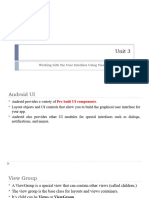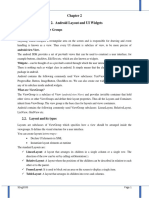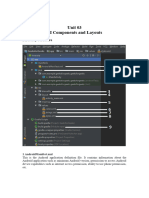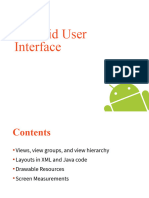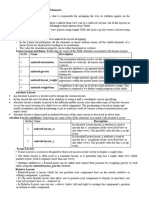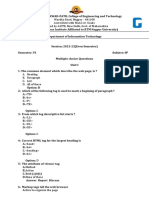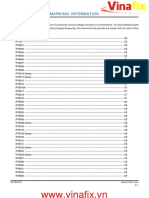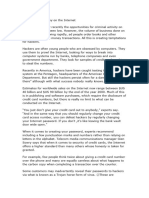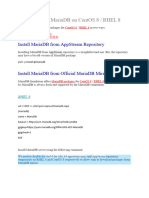0% found this document useful (0 votes)
3 views6 pagesUnit-2 Android-Layouts
Mca
Uploaded by
parekhsahil2018Copyright
© © All Rights Reserved
We take content rights seriously. If you suspect this is your content, claim it here.
Available Formats
Download as DOCX, PDF, TXT or read online on Scribd
0% found this document useful (0 votes)
3 views6 pagesUnit-2 Android-Layouts
Mca
Uploaded by
parekhsahil2018Copyright
© © All Rights Reserved
We take content rights seriously. If you suspect this is your content, claim it here.
Available Formats
Download as DOCX, PDF, TXT or read online on Scribd
/ 6





